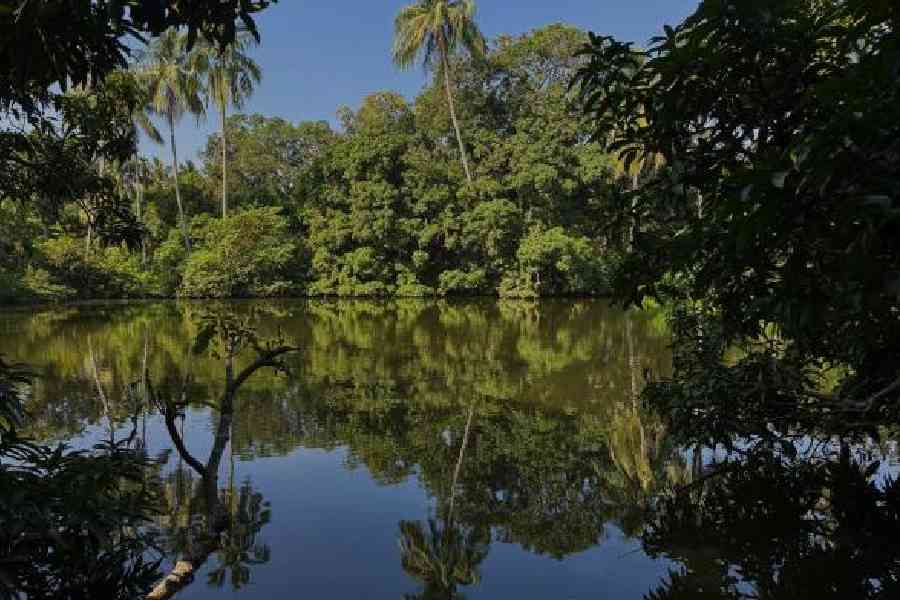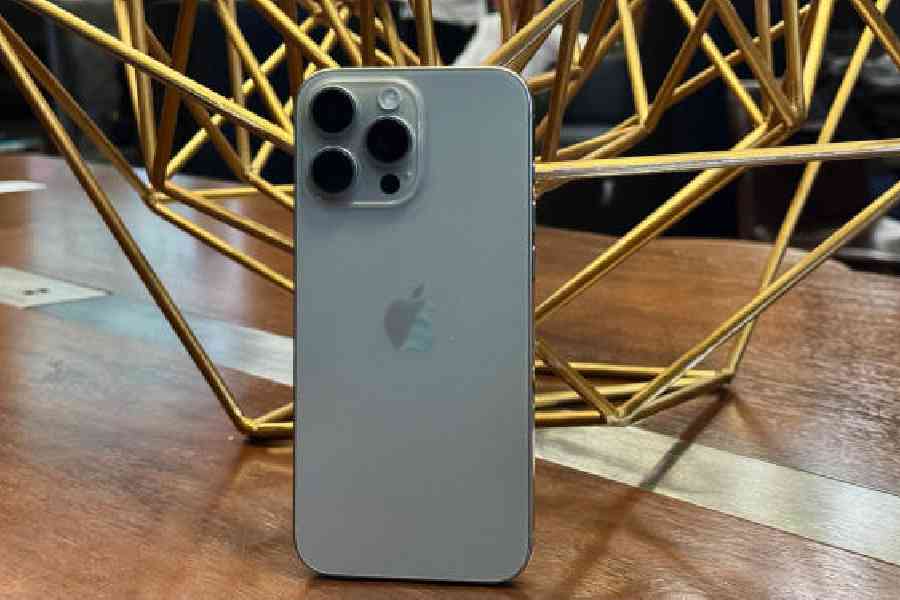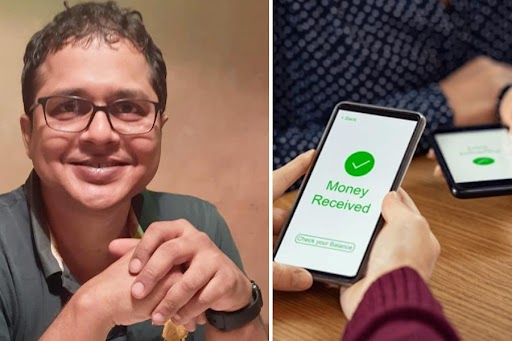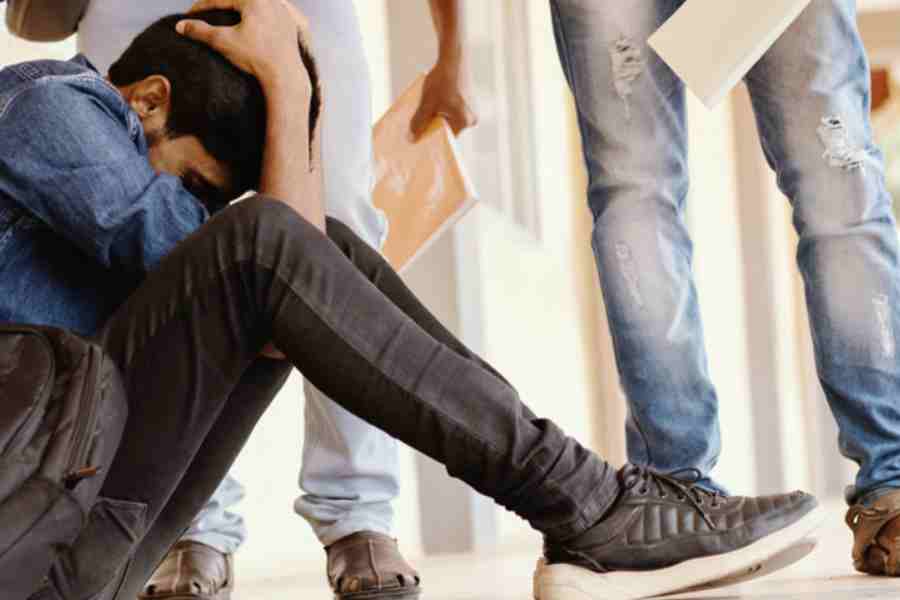After taking well over 2,000 photos with the iPhone 16 Pro Max, I have learned that this has become the ultimate tool for someone who wants to click memorable photos and videos but doesn’t want to carry too many heavy devices while travelling.
In the last few months, I have been on the road quite a bit during which the iPhone 16 Pro Max has been the primary device. Most of the photos that I want to store in an “album” have been shot in ProRAW Max, using the new JPEG-XL Lossy compression. For videos, I have been shooting on Apple Log.
Trusted display, top-notch stablisation

JPEG-XL Lossy compression format reduces RAW files from about 70 MB to around 15 MB. Yet, files retain all of the image quality and resolution
Most images I take are on the main 1x camera. The 48MP photos offer loads of room for cropping. A shoutout goes to the faster readouts, which affects the new 120 frames per section 4K slow-motion.
Where the iPhone 16 Pro stands out is that photos don’t just look good on the smartphone, they can go as big as you want them to or wherever you view them. The iPhone 16 Pro (Max is the same) has become the ultimate creative tool.
The colours that you see on the display can be trusted and there is fantastic handheld stabilisation to the point that you often don’t need a tripod or gimbal.
Photographic Styles
Many “regular” iPhone users may feel a slight disconnect with the Pro model and say: “My pictures don’t look like this coming out of the phone.” Here’s the deal: The regular iPhone 16 too offers a number of options in the camera department but it’s up to you how much time you want to spend on photos and videos.
Apple always tries to improve something or the other when it comes to the camera. This time around it’s taking the narrative away from over-processed photos.
Take the example of Photographic Styles, which comes with a touchpad. The Y-axis is about tonal range (the difference between the lightest and darkest parts of an image or the contrast) while the X-axis represents colour or saturation, which is about the intensity of colours in an image. With the touchpad photos can be customised to a great extent. It can create an experience that feels new. Some traditional camera brands already offer such options but for many of us, the camera on the phone is the only camera we have. Ultimately, what you get out of the camera on the iPhone is not a boring phone photo.
Tricks? By turning the tone slider down to negative 50 and increasing colour to about +20 in the Amber style helps… it reduces a lot of the tone mapping. Your taste will differ from mine but there are a lot of photographers, who would like to have film-like results without jumping through the hoops of third-party software. I am happy to see that happen on the iPhone.
Try a new format

Photographic Styles comes with a touchpad. Y-axis is about tonal range while the X-axis represents colour or saturation, which is about the intensity of colours in an image. With the touchpad photos can be customised to a great extent
There is a new feature on the iPhone 16 Pro that makes ProRAW shine: Change DNG compression from JPEG lossless to JPEG-XL Lossy compression. This reduces RAW files from about 70 MB to around 15 MB. The files are only one-quarter of the size but retain image quality and resolution.
When you change the setting, you are getting the same RAW photos as you were before with all the editing flexibility. The new format is fully supported by all major editing software packages.
JPEG XL also has its file format or .jxl and I hope that becomes the default file format for all iPhone photos. It’s powerful enough to replace JPEGs, TIFFs and PNGs. It’s the format of the future.
Shoot in Log
For video, I have been shooting in ProRes Log format, especially scenes that I would like to keep in my library. To get the format going, I strongly suggest you plug in an external drive.
Apple Log strips away all of the tone mapping, sharpening, and phone-looking colours to give you real professional flexibility to get the feel you want. Colour grading feels like a creative pursuit. Apple Log can easily be used to make a TV show or film.
Faster transfer speeds are possible over USB 3 (up to 10 Gbps) vis-a-vis the regular iPhone 16, which uses USB 2 (up to 480Mb/s). It helps while downloading files.
I haven’t even touched on shooting 4K@120fps or outstanding slow-motion videos. According to photographer Shakti Shekhawat, a seasoned travel photographer, it is a very powerful feature that has helped him take “storytelling to the next level”: “Dynamic shots like waterfalls, sports, or even candid moments come alive with immersive sound clarity.”
Ultra comfortable
Next big improvement that many are not talking about is the new ultra-wide camera that can capture in 48MP, just like the main camera. I use the ultra-wide all the time and love it. There are no tradeoffs in terms of image quality.
Camera Control
Call it a button or just Camera Control, it’s definitely a helpful feature. My Action Button on the iPhone is now programmed to Shazam while the Camera Control activates RAW photos from the default camera app.

Apple Log (video) strips away all of the tone mapping, sharpening, and phone-looking colours to give you real professional flexibility to get the feel you want
“I’ve spent over two months with iPhone 16 Pro Max, pushing it to its limits in environments as diverse as Panama’s lush rainforests, Antarctica’s unforgiving cold, Medellin’s vibrant party scenes, and Machu Picchu’s historical grandeur,” says Archana Singh, a travel content creator. “Camera Control has been a lifesaver in challenging landscapes like Antarctica. Even with multiple layers of gloves, I could quickly capture once-in-a-lifetime moments — a penguin’s curious glance or a leopard seal’s playful leap. The 48 MP Fusion camera with its exceptional shutter speed allowed me to freeze time beautifully, while Camera Control made instant access seamless.”
In the past, there have been three situations for me to pull out a bigger camera — low light where a large sensor helps, portraits for shallow depth of field, and telephoto shots to get the extra reach. All of that has been solved with the iPhone 16 Pro, making it the ultimate device to have while travelling.










